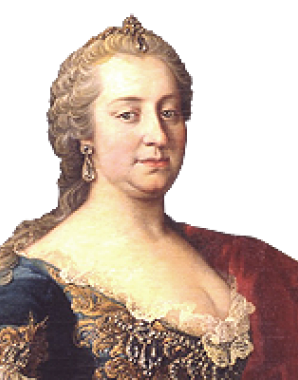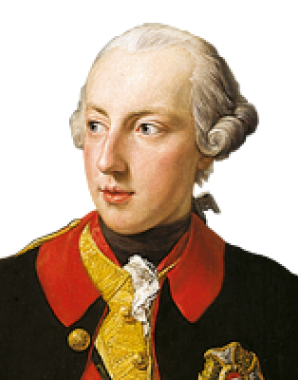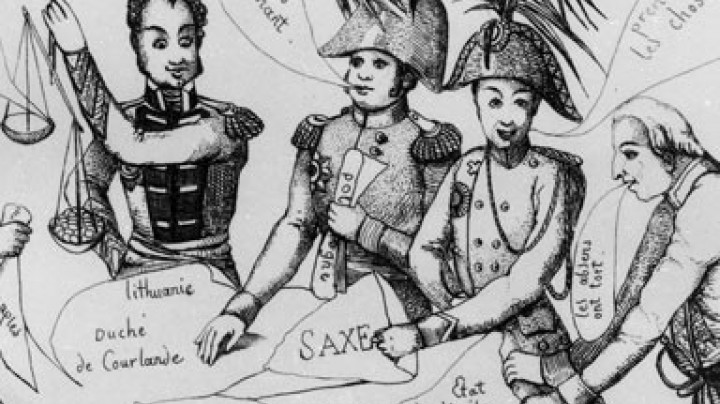Enforced retirement for the Jesuits
Maria Theresa and Joseph II used ‘Protestant’ measures to counter Baroque Catholicism.
Maaß Ferdinand: Der Josephinismus (2. Bd.: Quellen zu seiner Geschichte in Österreich 1760-1970, amtliche Dokumente aus dem Haus-, Hof-, und Staatsarchiv und dem allgemeinen Verwaltungsarchiv in Wien) Herold, Wien 1953, 344. Zit in: Vocelka, Karl: Der "Josephinismus" in der maria-theresianischen Epoche. In: Österreich zur Zeit Kaiser Josephs II. Mitregent Kaiserin Maria Theresias, Kaiser und Landesfürst. Katalog des niederösterr. Landesmuseums (gleichnamiger Titel der niederösterr. Landesausstellung vom 29. März – 2. November 1980, Stift Melk), Wien 1980 (4. Aufl.), 148-152, hier 150f.All citizens of the State are subjects of the State. The clergy are part of the citizens of the State, and consequently the clergy constitute part of the subjects of the State. [… The clergy, therefore, cannot be independent and were they to consider themselves to be independent and to behave independently, they would undoubtedly be guilty of a crime against the State…
After the Council of Trent (1545 to 1563) the Counter-Reformation in the Habsburg Monarchy intensified, with the Jesuits acting at the forefront of the Catholic Revival. By the end of the 17th century the number of monasteries and religious foundations had increased substantially. In the eighteenth century the excesses of Baroque Catholicism – which in the celibacy of its clergy ran counter to the procreative population policies championed by state – were met by a rational state policy towards the Church. Influenced by the ideals of the Enlightenment, Maria Theresa and Joseph II sought to destroy the hegemony of the Catholic Church and bring it under the control of the State.
First measures were introduced to reduce the numbers of religious orders and their members and to curtail their influence on education. The abolition of the Jesuit Order in 1773 was thus fully in keeping with this reformist policy. Even the Jesuit confessors who had originally been employed in the imperial household were replaced by Jansenists, thus fostering enlightened reformist movements within the Catholic Church.
In abolishing the Jesuit Order Maria Theresa was reacting to international trends. With the expelling of the Jesuits from Naples, Parma and France as well as from Portugal and Spain and their colonies in the 1760s, the rulers of these states had endeavoured to legalize this action. Under pressure from the Bourbons, Pope Clemens XIV felt himself obliged to abolish the Jesuit Order in the Papal Brief Dominus ac Redemptor.
The abolition of the order had far-reaching consequences, because the former Jesuits also lost their predominance in the universities. In particular their influence on theological faculties, the training of secular priests and book censorship was curtailed in favour of state administration.
In compensation the ex-Jesuits were paid a pension out of the proceeds from confiscated Church property. Many of them ended up returning to teaching, since the restructuring in the education system had created huge staffing requirements.















